BHG - Over time, many traditional cultural features of ethnic minorities in Hoang Su Phi district are gradually fading away. However, with their love for weaving, many women in Coc Coc village, San Sa Ho commune are still working hard at their looms, weaving traditional cajuput-dyed fabrics.
Coc Coc village appears peaceful with stilt houses bearing the cultural identity of the Tay people. The whole village has 63 households with 234 people, 100% of whom are Tay ethnic people. In the past, weaving was a traditional activity closely associated with the daily life and culture of local people. However, from 2011 to now, the number of households still attached to the profession is only about 35, showing the significant decline of a long-standing cultural beauty.
Mrs. Lu Thi Truong weaves cloth during her spare time. |
Next to the time-worn loom, Mrs. Lu Thi Truong, 53 years old, weaved fabric while talking to us. At that time, fabric was still very rare, not easy to buy, so every Tay family had a loom. Tay girls at the age of 15, 16 already knew how to weave fabric, not only to make clothes but also blankets, pillows, curtains... Learning the weaving craft from the age of ten, like many Tay girls, Mrs. Truong wore indigo dresses, brought a dowry of blankets, pillows, and mattresses that she embroidered and woven herself to her husband's house. During her free time, she used the shuttle to weave fabric, cut and sew clothes for her husband and children. She shared: “Tay women demonstrate their ingenuity, diligence, and hard work through the fabrics they weave themselves. Therefore, my three daughters have been taught the weaving craft since they were young. Although the income from selling traditional textile and sewing products is not too large, in order to prevent my grandmother’s and mother’s weaving craft from fading away, I will still learn and preserve the craft to pass on to my children and grandchildren.”
To create a complete hand-woven product, it must go through many stages such as: cotton rolling, cotton picking, cotton winding, yarn spinning, sizing, yarn spreading, yarn spinning, frame weaving, etc. Before weaving, the yarn must be stretched, this stage requires many people to participate. The amount of yarn spread depends on the width of the fabric. The yarn spreading is done under the floor, the Tay people use the house pillars as a place to spread the yarn. People install the spools of thread into the yarn spreading frame, the ends of the threads from the spools are tied to a column, estimating the length of the fabric and choosing 3 - 5 house pillars; hold the ends of the thread and wrap them around the columns until there are enough warp threads for a fabric width to be woven, then set up a bamboo stick to tie the threads tightly to the shaft. The two ends of the thread are tied separately into 2 bunches so that the threads do not mix and tangle when threaded into the comb to compress the thread, then proceed to weave.
From primitive homemade tools, through manual operations and skillful hands, textile products containing many cultural values have been created, reflecting in part the development history of the Tay people. In the past, most families grew cotton, spun yarn, and wove fabric. Nowadays, this profession is no longer practiced much, cotton yarn has been replaced by industrial yarn because it is easier to weave, has a reasonable price, does not take much time, and makes women less tired. In the past, yarn dyes were created from hard-shelled trees, but now they are partly replaced by industrial dyes or colored wool yarns sold on the market.
Comrade Hoang Van Toan, Chairman of the People's Committee of San Sa Ho commune, said: "Currently, the commune only has a few people in two villages, Coc Coc and Tra Thuong, who can keep the loom. The commune always encourages and creates conditions for people to keep the traditional craft to enrich the cultural identity of the Tay people. This also helps develop tourism to explore local culture. The commune is coordinating with the district to survey the number of people who know how to weave to open classes in some villages according to the needs of the people. Encourage artisans to teach the craft to the younger generation; strengthen education and raise awareness of the precious traditional cultural values of traditional hand-woven craft."
Article and photos: Nguyen Yem
Source: https://baohagiang.vn/van-hoa/202504/coc-coc-gin-giu-nghe-det-vai-truyen-thong-d42661e/


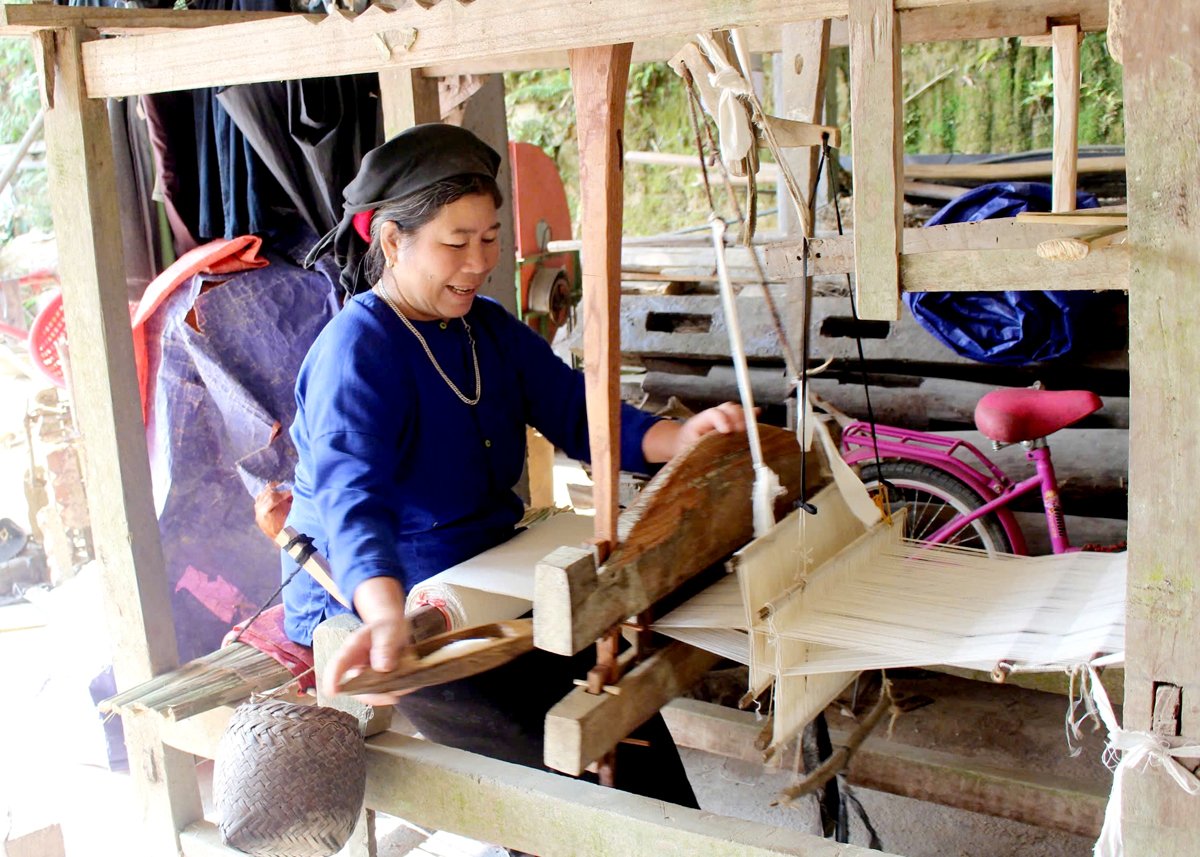





![[Photo] Prime Minister Pham Minh Chinh receives Mr. Jefferey Perlman, CEO of Warburg Pincus Group (USA)](https://vstatic.vietnam.vn/vietnam/resource/IMAGE/2025/4/18/c37781eeb50342f09d8fe6841db2426c)



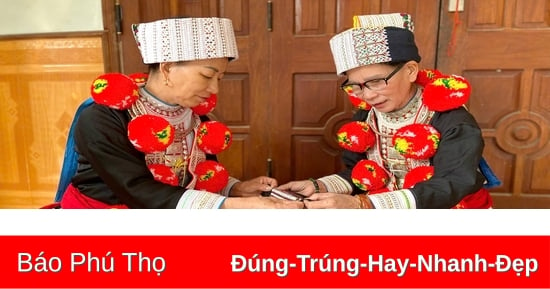


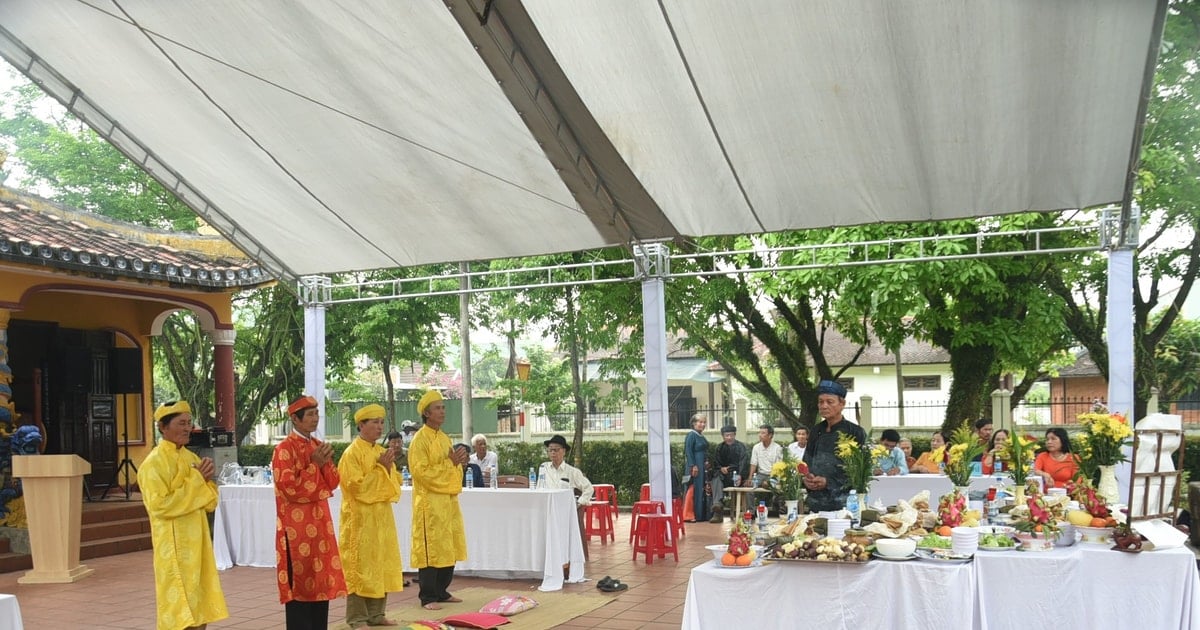





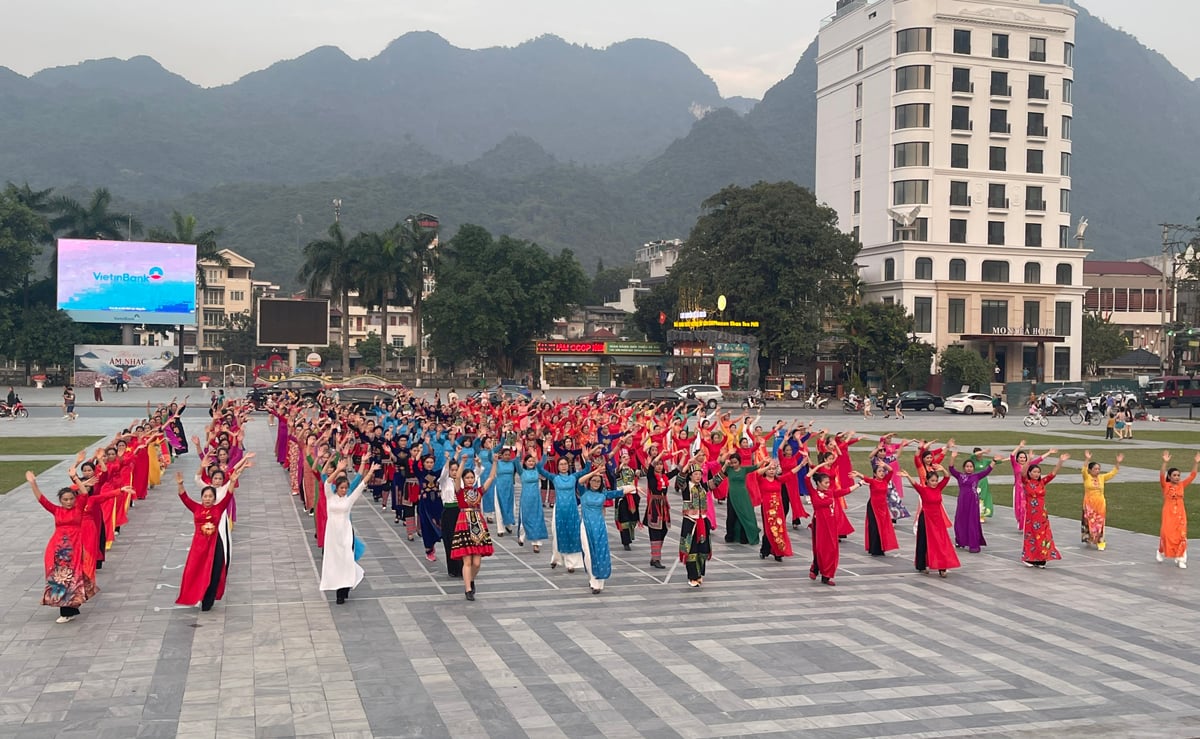







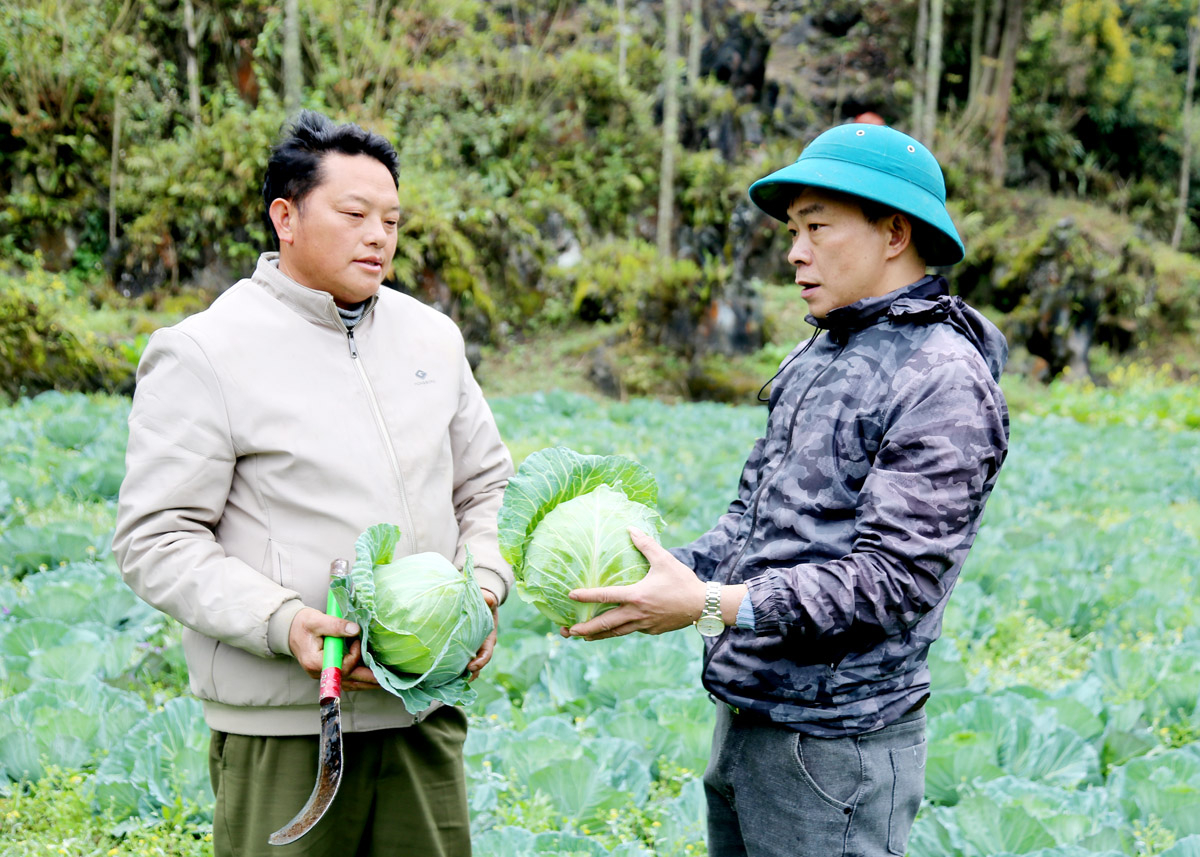
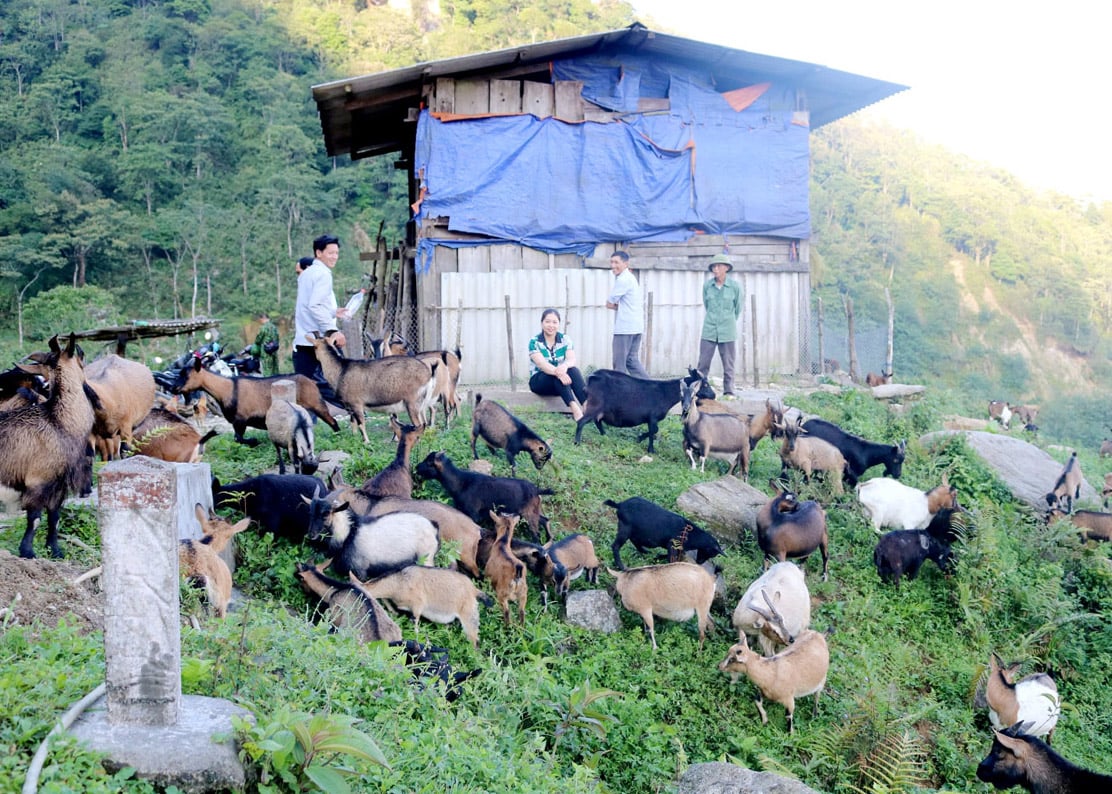

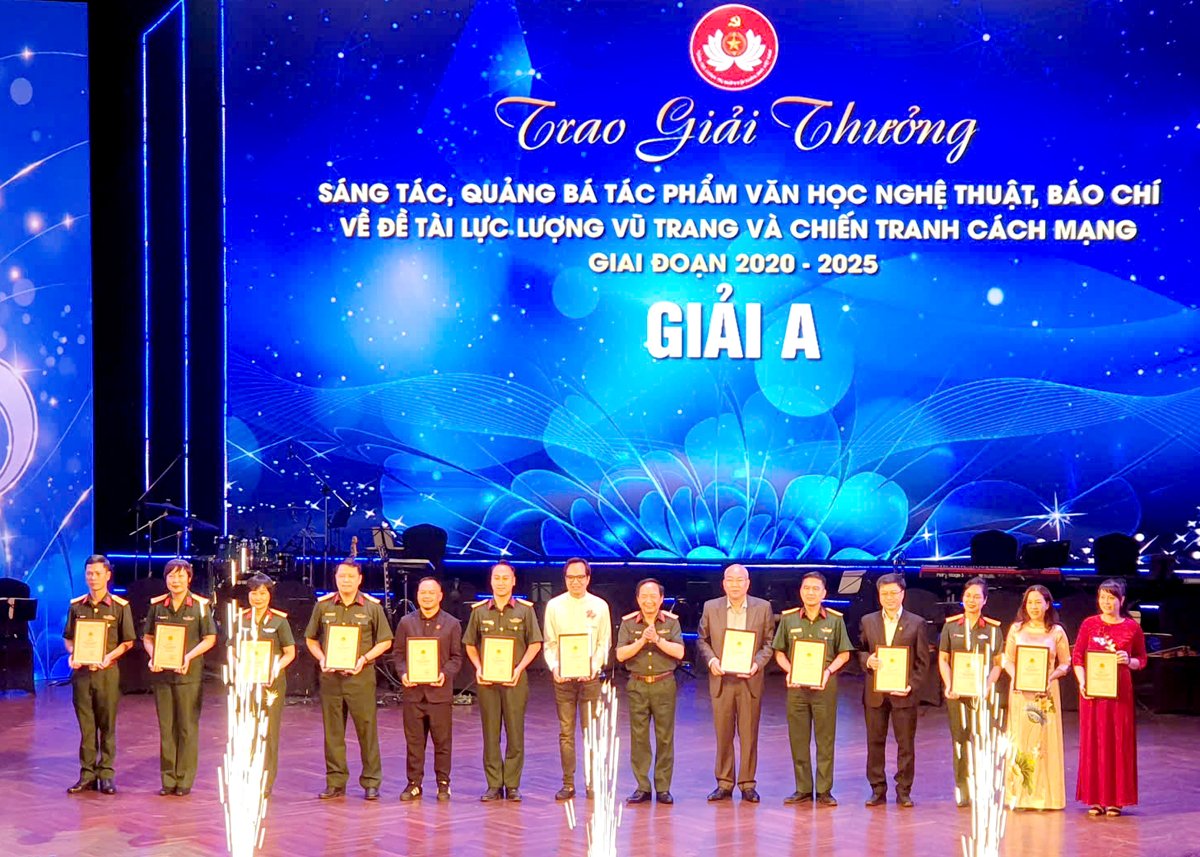



































































Comment (0)